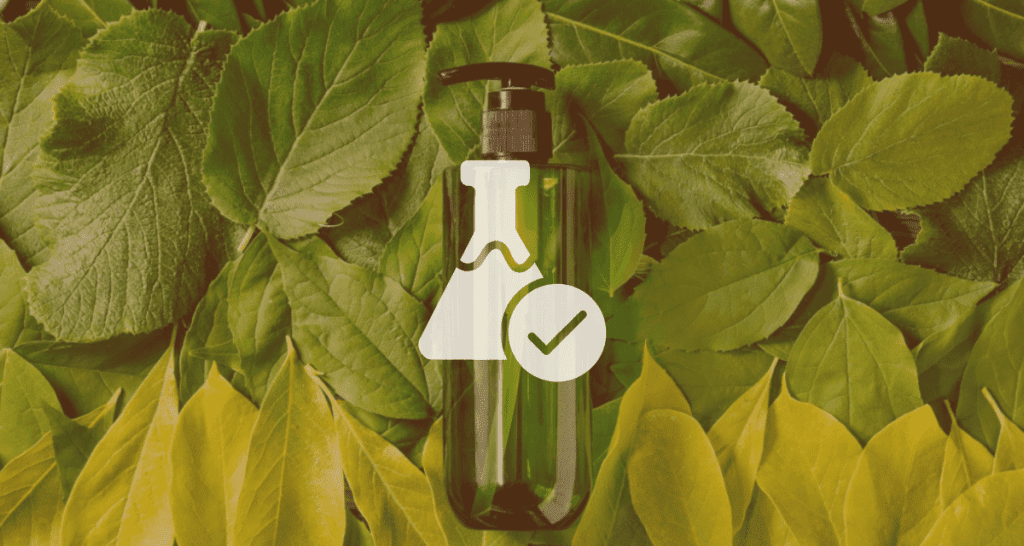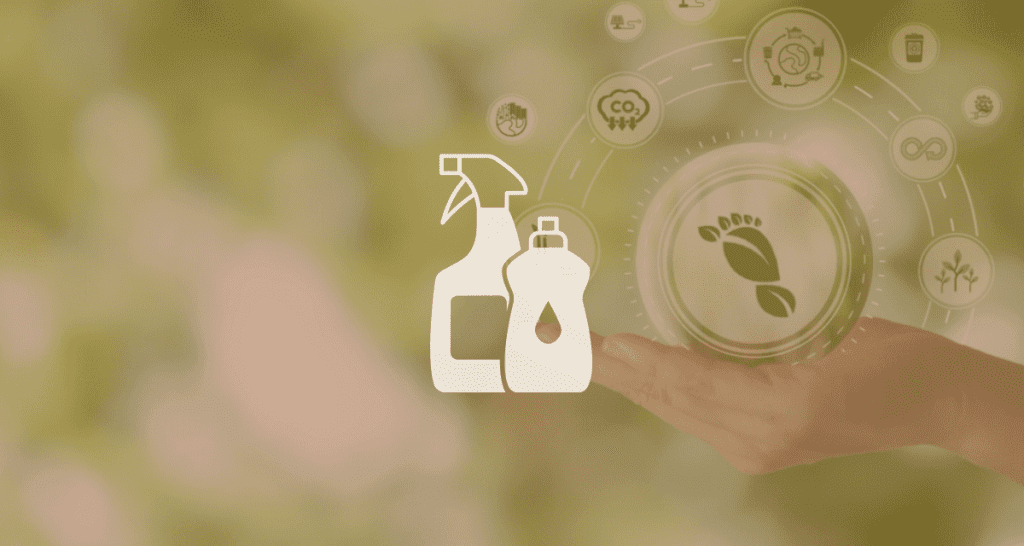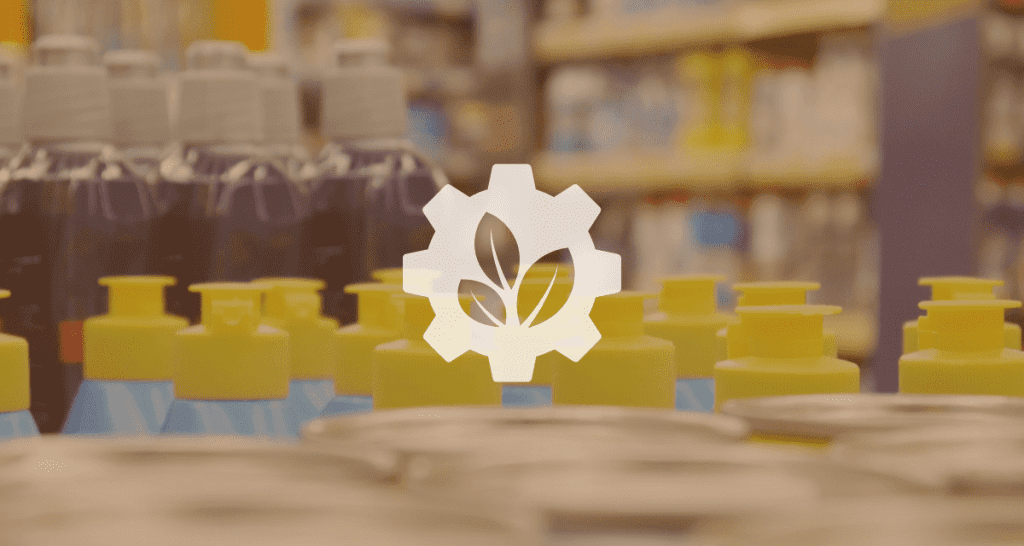Green cleaning has become a widely recognized practice in the industry, focusing on using eco-friendly products and sustainable cleaning practices. When it comes to commercial spaces, adopting green cleaning methods brings numerous benefits beyond a clean and tidy environment. This article will explore the advantages of green cleaning in commercial spaces and explore the best practices to help businesses implement sustainable cleaning programs.
Benefits of Green Cleaning
Green cleaning offers many commercial space benefits, from environmental advantages to employee well-being and cost savings. By embracing green cleaning practices, businesses can significantly lessen their impact on the environment and promote a healthier planet. healthier planet. Additionally, green cleaning promotes improved indoor air quality, creating a more pleasant and comfortable workspace for employees. This, in turn, can enhance productivity and overall job satisfaction. Moreover, implementing green cleaning measures showcases a commitment to sustainability, leading to an enhanced reputation and image among clients, partners, and the community. Lastly, although initial investments may be involved, green cleaning can result in long-term cost savings through reduced energy consumption, waste management, and improved equipment efficiency.
Best Practices for Green Cleaning
To effectively implement green cleaning in commercial spaces, businesses should follow several best practices on sustainability and eco-consciousness.
A. Use of Eco-Friendly Cleaning Products
The cornerstone of green cleaning lies in the use of environmentally friendly cleaning products. It is crucial to select certified green cleaning products verified by reputable organizations. By opting for these products, businesses can avoid harmful chemicals and toxic ingredients commonly found in conventional cleaning solutions. Instead, natural and biodegradable alternatives can be utilized, such as plant-based cleaners and enzymatic solutions. These alternatives not only ensure a safe and healthy environment but also contribute to the overall well-being of employees.
B. Proper Waste Management
Effective waste management plays a vital role in green cleaning. Commercial spaces should establish recycling programs to encourage the proper disposal of cleaning materials. This includes separating recyclable from non-recyclable waste and ensuring that recyclables are sent to the appropriate recycling facilities. Businesses can have a substantial positive impact on the environment by reducing trash production and promoting recycling. Minimizing waste generation and encouraging recycling.
C. Energy Efficiency Measures
Energy efficiency is a key aspect of green cleaning. Commercial spaces can adopt various measures to reduce energy consumption and promote sustainability. Utilizing energy-efficient equipment and appliances, such as vacuum cleaners and floor polishers, can contribute to significant energy savings. Additionally, implementing smart lighting systems and HVAC controls can help optimize energy usage by automatically adjusting lighting and temperature based on occupancy. Furthermore, encouraging employees to turn off lights and equipment when not in use can further contribute to energy conservation.
D. Water Conservation
Water conservation is another essential element of green cleaning. Businesses can adopt several practices to minimize water consumption without compromising cleanliness. Efficient cleaning techniques, such as low-moisture or dry steam vapour, can significantly reduce water usage. Installing low-flow faucets and toilets can further contribute to water conservation efforts. Regularly maintaining water-related fixtures and equipment is crucial to prevent leaks and waste.
E. Sustainable Cleaning Practices
Incorporating sustainable cleaning practices into daily routines is essential for maintaining green cleaning standards. Microfiber cloths and mops can trap dirt and dust without excessive chemical cleaners. Microfiber materials are reusable, reducing waste generation and the reliance on disposable cleaning supplies. Additionally, businesses can develop green cleaning protocols and provide training programs for their cleaning staff. This ensures that everyone is knowledgeable about eco-friendly practices and understands their importance.
Overcoming Challenges in Green Cleaning
While the benefits of green cleaning are clear, there can be challenges in implementing and sustaining these practices in commercial spaces. Resistance to change from employees or management can pose a significant hurdle. Overcoming this challenge requires proper communication and education regarding the benefits and importance of green cleaning. The limited availability of green cleaning products may also be a concern in some areas. However, the market for eco-friendly cleaning solutions is expanding with growing demand. Switching to green cleaning practices may also require initial investment and cost considerations. However, in the long run, businesses can reap cost savings through reduced energy consumption and improved efficiency. Lastly, awareness and education about green cleaning can help its adoption. Educating employees, clients, and the community about the benefits and best practices of green cleaning is crucial for widespread implementation.
Case Studies: Successful Green Cleaning Programs
Numerous organizations have successfully implemented green cleaning programs, yielding positive outcomes and benefits. For example, XYZ Corporation, a multinational company, transitioned to green cleaning practices across all their office locations. As a result, they significantly reduced their carbon footprint, improved employee satisfaction, and gained recognition for their sustainability efforts. Another notable case is ABC Hotel, which implemented green cleaning protocols, using environmentally friendly cleaning products and efficient waste management practices. This initiative reduced their environmental impact and attracted environmentally conscious guests, contributing to a positive brand image.
Conclusion
Green cleaning is a powerful approach to maintaining cleanliness while prioritizing sustainability and employee well-being in commercial spaces. By embracing eco-friendly products and adopting sustainable cleaning practices, businesses can reduce their environmental impact, improve indoor air quality, and cultivate a positive reputation. Furthermore, green cleaning contributes to Long-term cost savings by consuming less energy and managing trash more effectively.
Overcoming challenges such as resistance to change, limited product availability, and initial investment is crucial for successful implementation. Commercial places may create a more sustainable and healthful environment for everyone by implementing green cleaning techniques.
FAQs (Frequently Asked Questions)
1. Are green cleaning products as effective as conventional cleaning products?
Green cleaning products are just as effective as conventional cleaning products, if not more. They utilize natural and biodegradable ingredients that can clean effectively without harmful chemicals.
2. How can green cleaning improve indoor air quality?
Green cleaning involves avoiding toxic chemicals and using natural cleaning agents, reducing indoor air pollution. This leads to improved indoor air quality, which is essential for the health and well-being of employees.
3. Are green cleaning practices expensive to implement?
While initial investments may be involved in switching to green cleaning practices, they can result in long-term cost savings. Reduced energy consumption and improved efficiency contribute to overall cost reduction.
4. Can green cleaning be applied to all types of commercial spaces?
Green cleaning practices can be implemented in various commercial spaces, including offices, hotels, restaurants, hospitals, and schools. The principles of sustainability and eco-consciousness can be adapted to fit the specific needs of different industries.
5. How can businesses educate their employees about green cleaning practices?
Businesses can organize training programs and workshops to educate employees about the benefits and best practices of green cleaning. They can also distribute informative materials and encourage open communication about sustainability initiatives.





